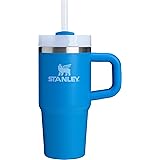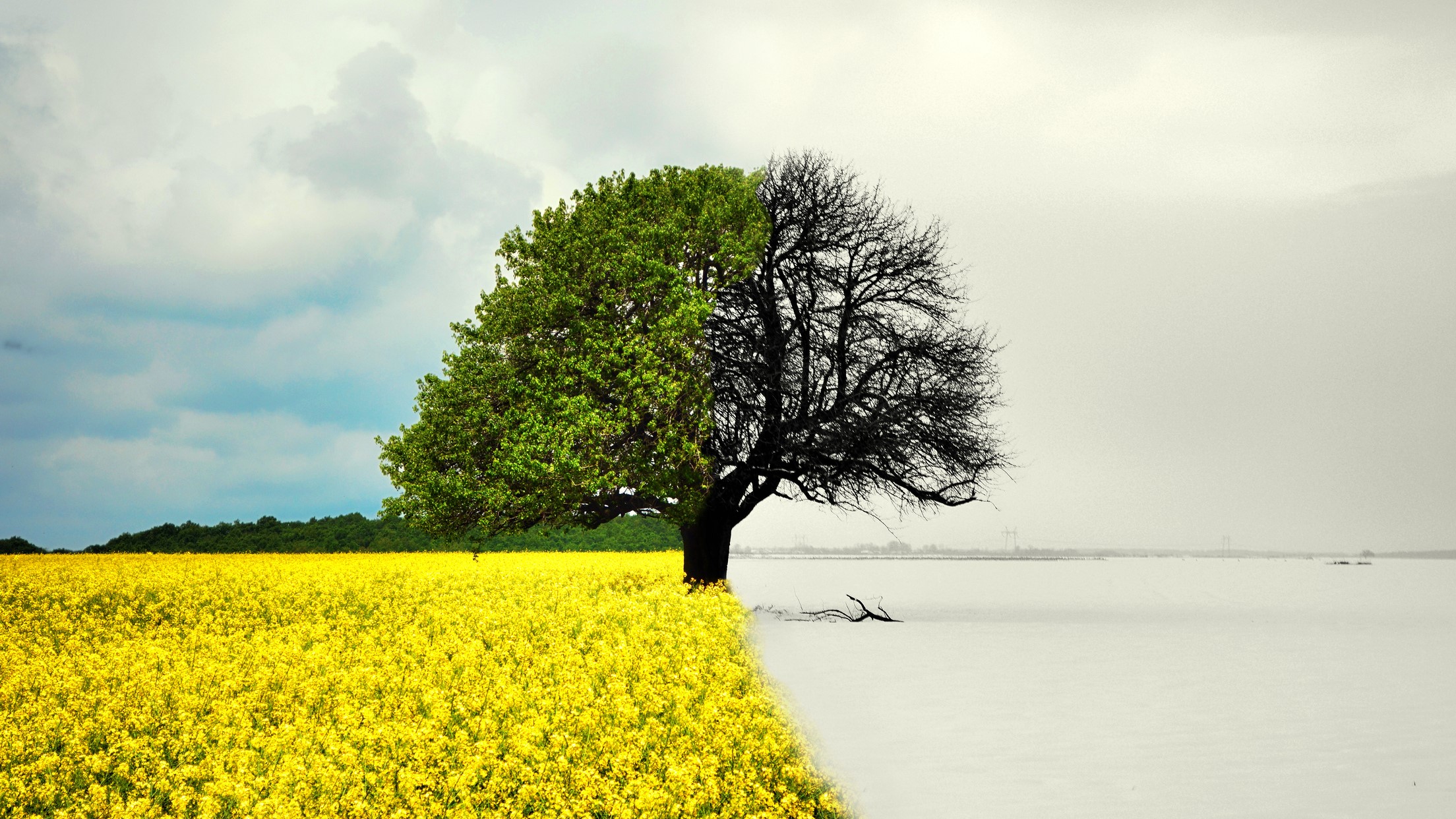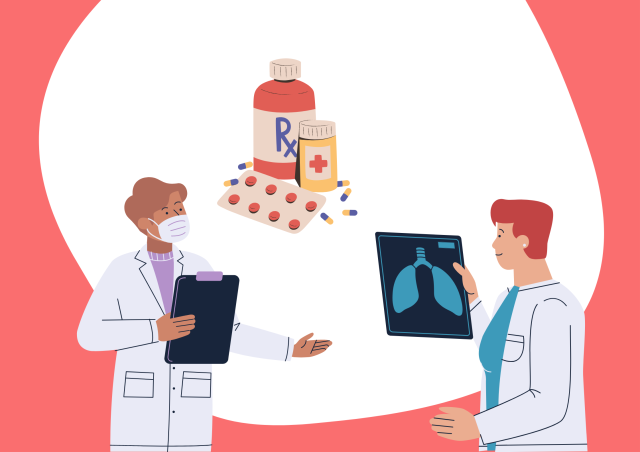Field surveys conducted in the days after the 7 January 2020 Puerto Rico earthquake documented more than 300 landslides and severe liquefaction in southern coastal regions, according to a new study by U.S. Geological Survey and University of Puerto Rico Mayagüez researchers.
The ground failure that resulted from the magnitude 6.4 earthquake wasn’t exceptional, especially compared to the catastrophic ground failure in recent events such as the August 2021 Haiti earthquake. But the ground failure survey conducted by USGS research geophysicist Kate Allstadt and colleagues provides a valuable resource for Puerto Rico, which has no island-wide hazard map for earthquake-triggered landslides or liquefaction.
In their paper published in Seismological Research Letters, Allstadt and her colleagues discuss how they can use the new survey data to refine situational awareness tools such as the USGS’ Ground Failure product, which quickly estimates landslide and liquefaction hazards and population exposure after an earthquake.
The product uses statistically based, global models to make its estimates, but the data that go into the models is biased in favor of extremely damaging events at the expense of more common and moderate events, said Allstadt.
“When the shaking’s really strong, you lose the ability to understand the limitations of ground failure,” she explained. “And that’s one of the hardest things to model, because often most of the attention is given to the really dramatic ground failure events.”
In the week after the earthquake, USGS and UPR Mayagüez scientists went into the field to map ground failure, guided by the USGS Ground Failure product and satellite imagery. Social media and news reports, along with tips from emergency managers and citizens, helped Allstadt and colleagues track down landslides and liquefaction.
The landslides were mostly concentrated in areas where peak ground acceleration exceeded 30% g—a measure equivalent to a person feeling “very strong” shaking. Liquefaction mostly occurred in coastal areas where peak ground acceleration was larger than 50% g (shaking that feels “severe”), but some of the most damaging liquefaction took place in Ponce, where shaking estimates were as low as 20% g.
Near Ponce, “there was a stretch of houses along a creek where people had to evacuate because their homes were so damaged by liquefaction,” Allstadt said. “It was heartbreaking to see.”
The researchers noted that landslides mostly occurred in limestone rock along the coasts, a pattern very similar to the landslides that occurred during Puerto Rico’s infamous 1918 San Fermin earthquake, one of the island’s most deadly and economically devastating seismic events. The description of landslides in a 1919 report, they note, “could very well describe the 2020 earthquake if the place names were changed.”
“It does suggest that this is the characteristic type of behavior for these types of rock when they are shaken,” said Allstadt.
The earthquake surprised people in Puerto Rico, who told Allstadt and her colleagues that they are more used to hurricanes which come almost every year. Few Puerto Ricans were alive the last time a major earthquake affected the island.
K. Stephen Hughes of UPR Mayagüez, a co-author on the SRL paper, and his colleagues previously mapped where rainfall-induced landslides are mostly likely in Puerto Rico. Only about 25% of the 2020 earthquake landslides occurred “where we mapped the rainfall-induced susceptibility as high, very high, or extremely high,” Hughes noted.
“Obviously steep slopes can be susceptible for all kinds of landsliding, but there are many, many other factors that influence how and when a slope fails—soil type, bedrock type, and land use, just to name a few,” he said.
Hughes and his colleagues are using the datasets they have collected after Hurricane Maria and the 2020 earthquake to help them predict future landsliding in Puerto Rico, especially when seismic and storm hazards coincide.
Detailed information like that collected in the Puerto Rico reconnaissance survey can be used to develop regional versions of the Ground Failure product, Allstadt said. For the moment, she and her colleagues are working on a regional version for Alaska, prompted by the damaging 2018 Anchorage earthquake. “We are using the global model as the initial guess and then updating it with regional information,” she said. “We’ll likely do something like that for Puerto Rico eventually with these data.”
The paper is part of an upcoming special focus section in SRL on Puerto Rico seismicity, tectonics, and the 2020 earthquake sequence.
Note: This article have been indexed to our site. We do not claim legitimacy, ownership or copyright of any of the content above. To see the article at original source Click Here













